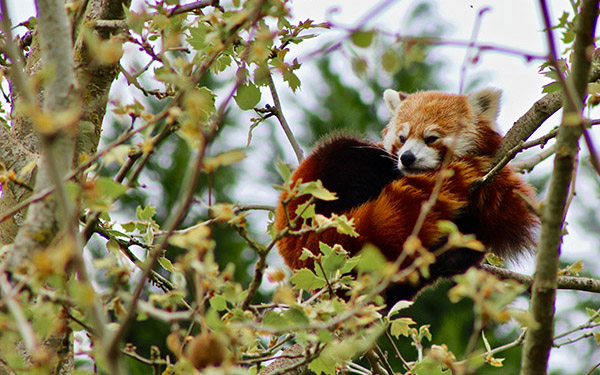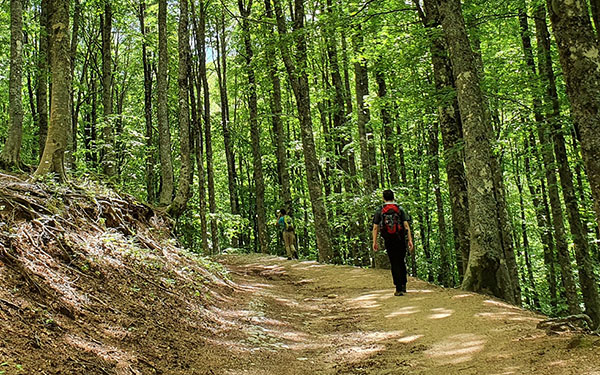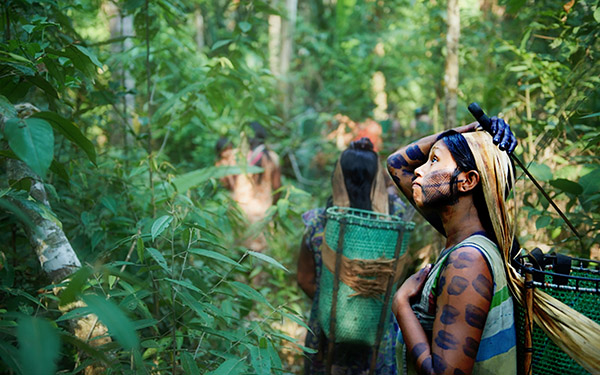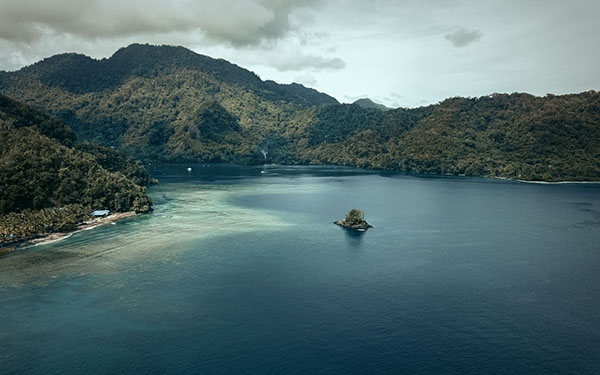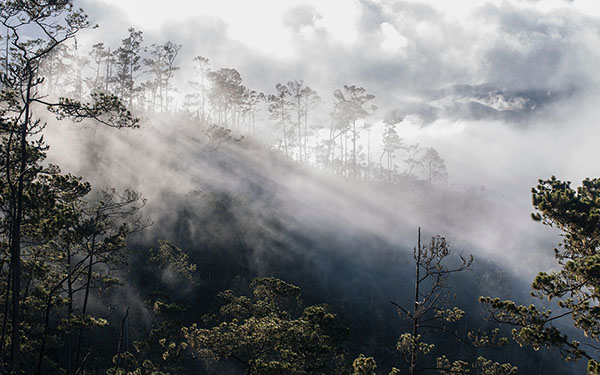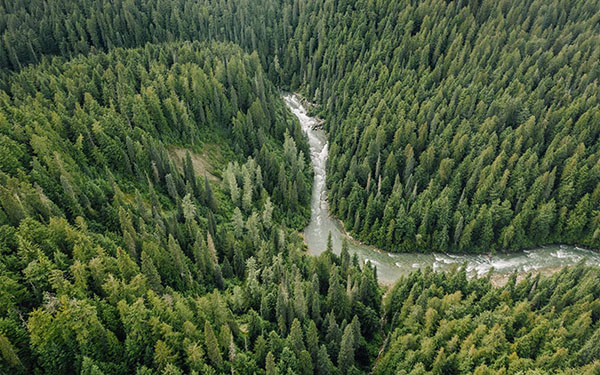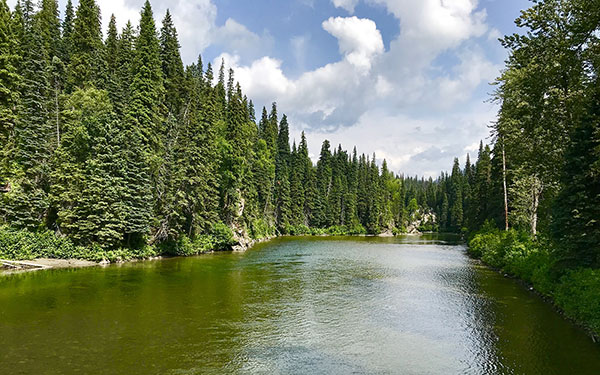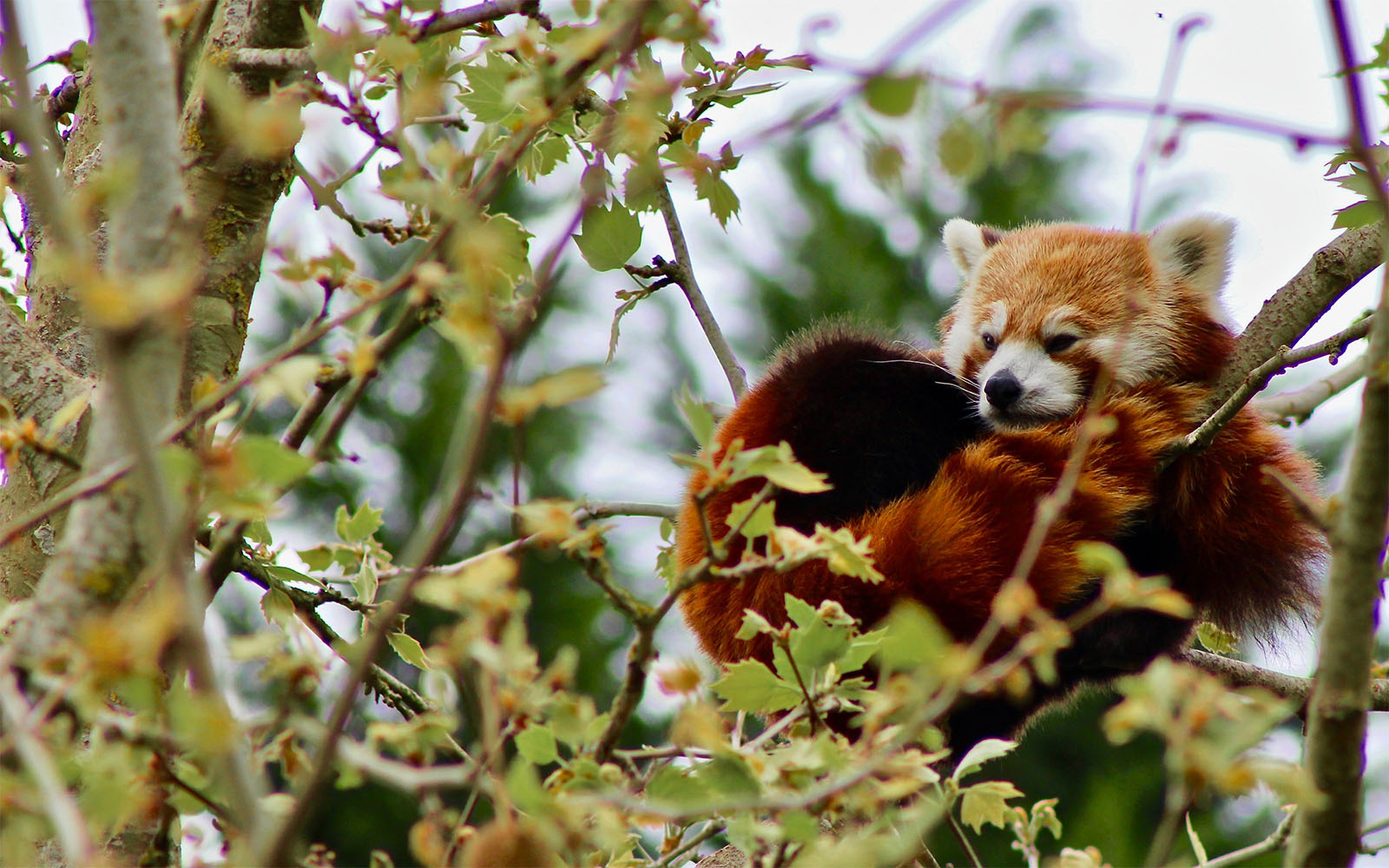
Case studies
Our program had case studies in tropical and temperate primary forests around the world
A major component of our research approach is to investigate the values and benefits of primary forests, the threats to their ecosystem integrity and the just and sustainable solutions for their protection, through case studies.
Case studies
Each case study involves researchers and practitioners working in collaboration with the forest's Indigenous custodians and local communities. In some case studies, government agencies are also involved as protect partners.

